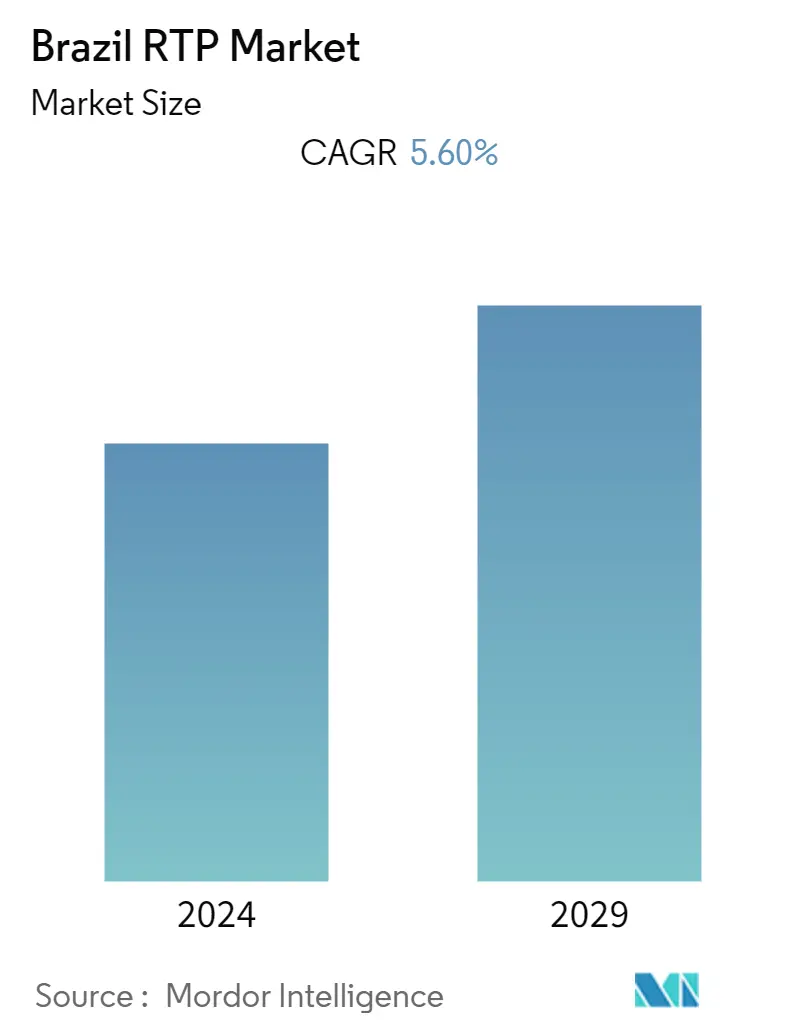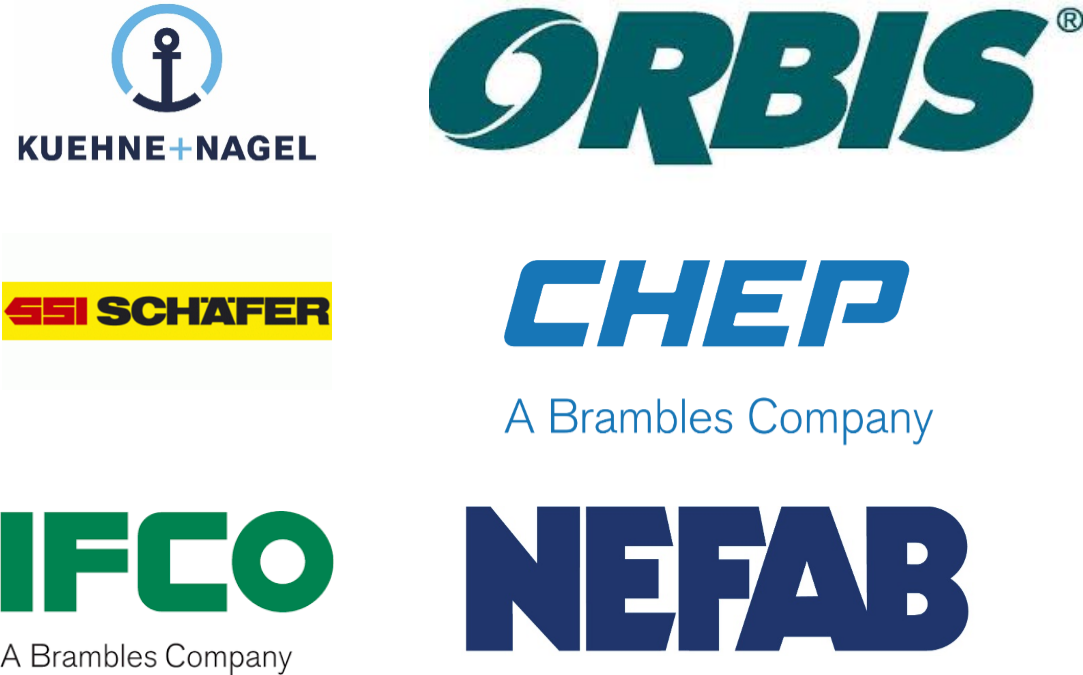Market Size of Brazil RTP Industry

| Study Period | 2019 - 2029 |
| Base Year For Estimation | 2023 |
| CAGR | 5.60 % |
| Fastest Growing Market | Latin America |
| Largest Market | Latin America |
| Market Concentration | Medium |
Major Players
*Disclaimer: Major Players sorted in no particular order |
Need a report that reflects how COVID-19 has impacted this market and its growth?
Brazil Returnable Transport Packaging Market Analysis
The Brazil Returnable Transport Packaging (RTP) market was valued at USD 206.5 million in 2020 and is expected to reach USD 286.4 million by 2026, at a CAGR of 5.6% over the forecast period 2021 - 2026. With this propelling packaging industry, the Brazilian government is also focusing on adopting reusable and recyclable strategies to avoid the wastage of this diverse and growing packaging industry. Wastage and disposal of packaging products can lead to environmental impacts, such as landfills.
- The Brazilian Food and Beverage (F&B) industry is one of the most vibrant industries that has seen unprecedented growth in the recent past, and continues to expand rapidly. This can be attributed to the changing demographics, increase in disposable incomes, and urbanization, in the country. The Brazilian Supermarket Association (ABRAS) reported supermarket revenues at USD 353.2 billion in 2017, a 5.4% of the country's GDP. This result represented an increase of 0.8% in real terms and 4.3% in nominal terms. The retail sector is made up of 89,368 stores, expanding in both size and number of stores, 0.9% and 0.4%, respectively.
- Of the overall retail industry, food and grocery accounts for a significant share in revenue, in Brazil. The growth in the retail industry is due to the demands from the consumers that subsequently result in rise in production and supply. Thus, transport packaging comes into action in the food and beverage industry. Reusable plastic containers (RPCs) excel at both temperature control and product protection, delivering superior quality in the marketplace. Designed and built for transport, display, safety, and over a hundred uses each, RPCs protect quality, reduce cost, and eliminate waste; thus, propelling the food and beverage industry to generate significant opportunities for the RTP market in Brazil.
- The initial costs of RTP are high. This is because initially durable and costly products, such as crates, pallets, containers, are purchased (as a higher volume needs to be purchased, and the more durable nature of the materials are used). As a result of this, many companies view returnable transport packaging as a capital investment.
- The usage of RTP may also increase operational costs, including, for example, transportation, sophisticated equipment, and tracing and tracking. These may pose as barriers to the adoption and use of RTP. Furthermore, barriers to the usage of RTP could be maintenance, storage, and administration. Additionally, the management of RTP is also resource intensive.
- Another disadvantage of returnable transport packaging is that there is a significantly greater upfront cost due to the materials used, as well as the requirement for additional inventory to ensure that there is sufficient for use in all parts of the supply chain. However, the frequency of return and reuse drives the return on investment. The more times a returnable package is used, the greater are the long-term savings. Over time, a returnable package may save a considerable amount of money, when compared to a one-time or limited-use package.
